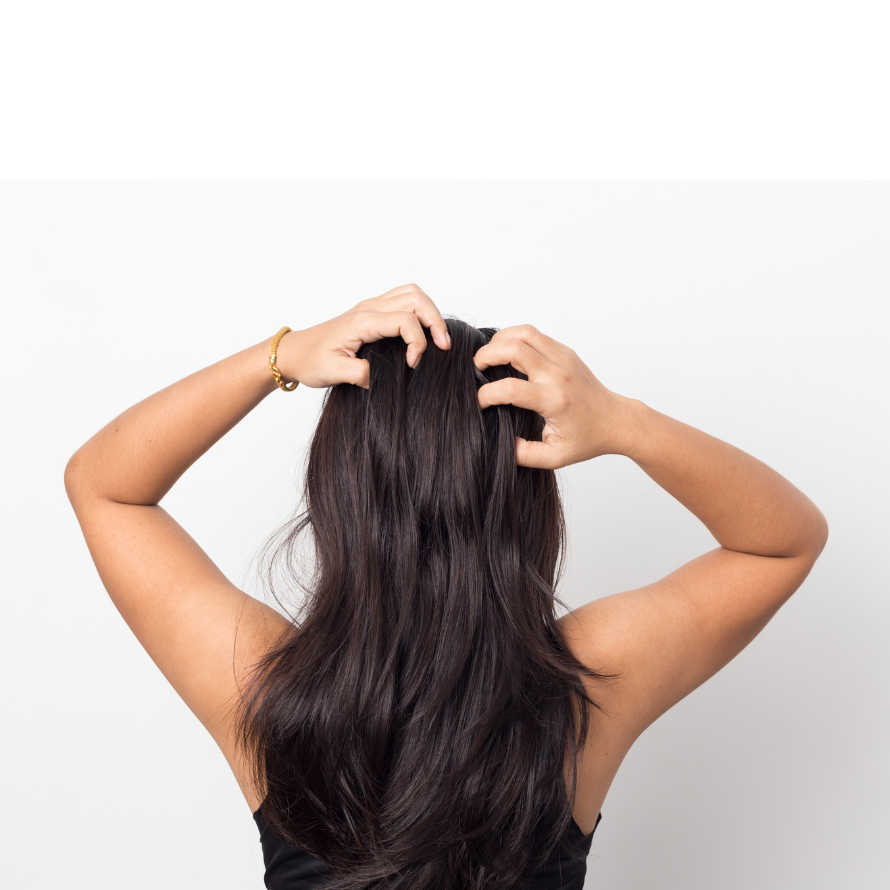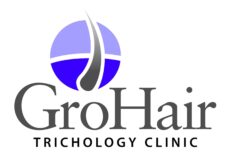Hair Pain!

An unexpected and rather challenging issue experienced by some people with hair loss is hair follicle pain. In the medical world this is considered to be a form of cutaneous dysesthesia (or Trichodynia when it affects the scalp region). Trichodynia is more commonly experienced with telogen effluvium (non-scarring diffuse shedding of the hair), and to a lesser extent androgenetic alopecia (female/male pattern hair loss).
I wanted to write about this subject as it’s something I have seen many of my patients experience over the last 3 years (perhaps more than I expected to see), and I am also suffering with this myself at the moment along with telogen effluvium……..and I have to say, it’s quite irritating! For me the pain is similar to what you get when you take your hair out of a tight ponytail at the end of the day, a sort of aching tenderness, but it’s there all the time and can be easily mistaken for a headache!
The sensations trichodynia tends to elicit the most include pain, burning, stinging, and tenderness when moving the hair, some may also experience itching or a tingling/crawling sensation. When the scalp is examined, there is usually nothing to be seen and appears otherwise healthy. The degree of hair loss is not thought to be linked with the severity of the scalp symptoms, so increased scalp/hair pain does not necessarily result in a worsening of hair loss.
What causes Trichodynia?
At this time of writing this article, trichodynia is relatively under researched but is likely to have numerous factors involved in its development. It is believed the condition is related to the release of a neuropeptide called ‘substance P’ surrounding the hair follicles, which stimulates localised nerves to produce these sensations. Substance P is also thought to play a role in hair growth regulation, which is interesting and may explain it’s coexistence with hair loss issues.
Psychological disorders along with stress/anxiety are most likely to be linked with trichodynia, so taking steps to manage these issues can often help to reduce symptoms. Certain nutritional deficiencies are also thought to play a role, the most likely being iron, vitamin B12, zinc, and vitamin D. I have observed insufficient vitamin B12 levels in many of my hair loss patients with trichodynia, B12 is essential in the production of the myelin sheath which surrounds and protects nerve endings, so it would be interesting to see if future literature finds B12 to hold more of a significant role in the pathogenesis of trichodynia.
*It’s important to establish if you are truly deficient or low in these nutrients via a blood test before starting any supplementation.
How can Trichodynia be treated?
First and foremost, it’s important to rule out other causes of scalp pain, inflammatory scalp conditions such as psoriasis and seborrheic dermatitis can cause these sensations. There are also other (less common) hair loss disorders which are often accompanied by scalp pain and burning, and would require prompt medical management, so please seek the advice of a registered Trichologist, dermatologist, or your GP first.
Treatments which have been found to help with trichodynia include:
- Taking steps to manage stress and anxiety such as exercise, ensuring adequate sleep, and meditation techniques.
- Addressing any underlying nutritional deficiencies.
- Topical corticosteroids
- Propranolol
- Antihistamines
- Cannabidiol (CBD) which has been shown to inhibit substance P
- L-Cystine oral preparations
References
For further reading about scalp dysesthesia/Trichodynia, please follow these links to some clinical papers I found useful:
Trichodynia Revisited – FullText – Skin Appendage Disorders 2021, Vol. 7, No. 6 – Karger Publishers
